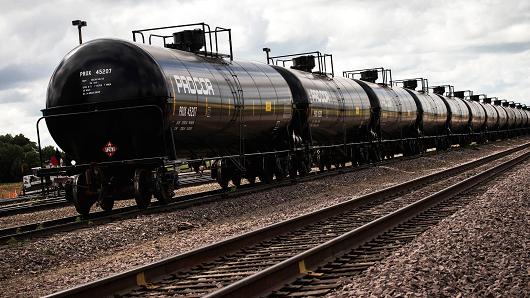
Tesoro Savage has proposed to develop the largest oil terminal in North America on the banks of the Columbia River in Vancouver. If built, this facility would handle 360,000 barrels of crude oil per day, arriving via 4 trains (each train over 1 mile long) per day, and leaving via one large tanker vessel per day down the Columbia and onto the Pacific Ocean. This massive volume of oil is approximately half the volume of the Keystone XL pipeline that received huge opposition, the methods of transport for this proposal are far more dangerous, and put the ecologically important & recreationally significant corners of SW Washington and NW Oregon in jeopardy. We have the opportunity right now to convince the Energy Facility Site Evaluation Council (EFSEC) and Governor Jay Inslee that this proposed project should be denied, but we need YOU to make your voice heard...
 Spilled oil ignores all political boundaries, it's time for all concerned citizens of Cascadia to rise up against these dirty projects.
Spilled oil ignores all political boundaries, it's time for all concerned citizens of Cascadia to rise up against these dirty projects.
The Draft Environmental Impact Statement (DEIS) was recently released by the EFSEC for public comment between now and January 22nd, 2016. You can read more and dig into the relevant sections of the DEIS by going here. If you are interested in diving deeper to help review this massive document, or help get interested people from your community to attend a hearing, please contact Washington Policy Manager Gus Gates.
The way that this process works is that the EFSEC will accept public comments, and then come up with a recommendation for approval or denial and pass it along to Governor Jay Inslee, who will then make a final recommendation on whether or not to move forward with the project. There was a great op-ed that ran in the Seattle Times the other day, urging Governor Inslee to oppose the largest proposed oil-by-rail terminal in the country.
The coasts of SW Washington and NW Oregon are major hotspots for ocean & coastal recreation, these areas help contribute to $481 million & $2.4 billion annually in trip related expenditures to the state economies of Washington and Oregon respectively. You can read more, and view maps of the various uses at the links for each state.
A few points of interest/concern from the DEIS:
Vessel Transit: A substantial increase in deep-draft vessels would likely result in increased wakes that could induce bank erosion, increase turbidity and cause localized water quality effects, and cause added degradation and destruction to some archaeological resources located along the shoreline. Cumulatively more vessel wakes could impact riparian vegetation directly through breakage, swamping, and erosion and indirectly through altered patterns of erosion and deposition and spread of aquatic invasive plants. Localized reductions of existing vegetation, prey, and overall essential fish habitat function could also occur from wakes during vessel transit. Increased occurrences of wake stranding6 could also result from an increase in deep-draft vessels along the Lower Columbia River below Vancouver and is an issue of ongoing active management concern.
Seismic hazards along the vessel corridor occur near the Columbia River mouth and offshore along the marine transportation route. These hazards include tsunami and seiche waves generated by large earthquakes, particularly those associated with a subduction zone earthquake off the coast of Oregon or Washington. Impacts from these waves to vessels in the nearshore shallow-water environment could be major.
These are just a few reasons why it's important for recreational aquatic enthusiasts get engaged and raise concerns during the DEIS comment period.
How to Comment
Please submit your comments using one of the following methods:
Submit by Mail:
State of Washington
Energy Facility Site Evaluation Council
P.O. Box 43172
Olympia, WA 98504
Submit Online:
Submit In-Person:
At a public meeting (orally or in writing):
Vancouver, WA
January 5, 2016, 1:00 PM - 11PM or last speaker
Clark County Event Center at the Fairgrounds
Hall B
17402 NE Delfel Road
Ridgefield, WA 98642
Spokane Valley, WA
January 7, 2016, 5:00 PM - 11PM or last speaker
Centerplace Regional Event Center
2426 N. Discovery Place
Spokane Valley, WA 99216
*Comments received on the DEIS during the comment period will be compiled, reviewed and considered while developing the Final EIS. All comments and responses to comments received on the DEIS will be included in the Final EIS when issued.
